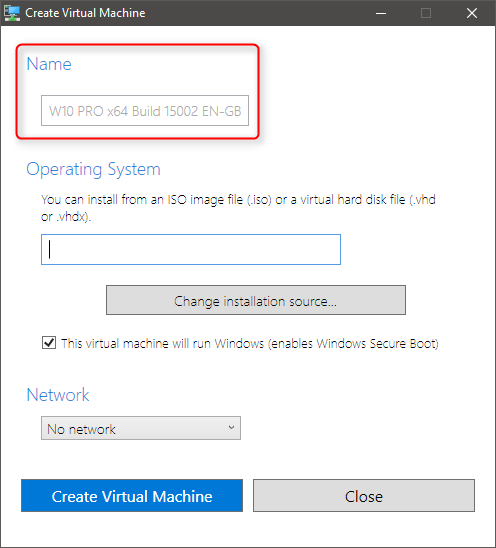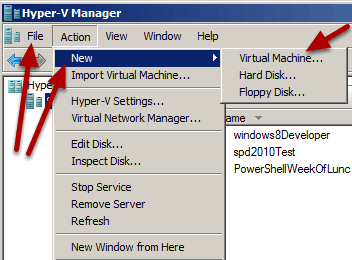


Take a look at the list below and discover them: Hyper-V hardware requirementsĪs you probably anticipated, enabling and running Hyper-V in Windows 11 will also require minimum hardware specifications. Of course, there are plenty of options for virtualization software, but being native to Windows, Hyper-V is ideal for your Windows 11 operating system. It is also used for running non-Windows OSs on a computer without installing the respective systems or to test the same software solution on multiple operating systems. VMs let you create independent instances of an OS that don’t affect your host PC. Microsoft Hyper-V is a hypervisor software that allows you to create and run virtual machines on your computer.

To see if everything is working fine, click on the start, and you will see the virtual machine running, maybe without any error. This means that your VirtualBox uses the Hypervisor as a virtualization platform to create and run virtual machines of different OS such as Linux, Windows, NAS, etc. Now, on the area corresponding to the select Virtual Machine, you will see:Īcceleration= VT-X/AMD-V, Nested Paging, PAE/NX, Hyper-V Paravirtualization. However, by default, VirtualBox will access Hyper-V API if not, then setting the paravirtualization interface will do that. Click the dropbox from the Paravirtualization Interface and select Hyper-V.Click on the Settings option given in the Menu.For example, I have an Ubuntu 20.04 VM server edition and will select that.What we have to do is, run the VirtualBox on your system and select the created Machine that you want to run. This step is essential to make VirtualBox compatible with Hyper-V on Windows 10. Also, those running older versions should update their VBox software to the latest version. Download Oracle VirtualBoxĪlthough you might already have open-source Oracle VirtualBox on your Windows 10 system, if you don’t, go to the official website and download one. Once all the above services are installed on your computer, restart it to put the update into effect.


 0 kommentar(er)
0 kommentar(er)
